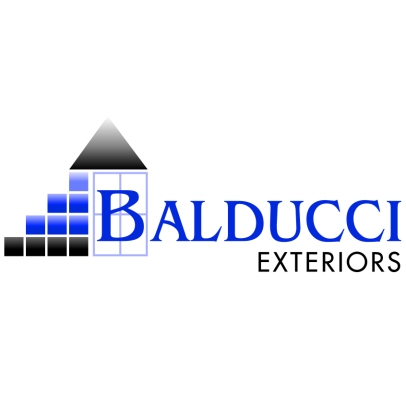Replacing an old, battered garage door can do wonders for your home’s curb appeal. While a garage door replacement may not be the most enticing home improvement project, it can provide major return on investment. Replacing an old garage door with a new one can almost pay for itself come time for resale.

Garage Door Replacement
Are you considering investing in a new garage door? There are many benefits of replacing your garage door. Here are the top five advantages of a garage door replacement:
Attractive Appearance.
Replacing an old garage door with an updated style can do wonders for curb appeal. After all, depending on the design of your home, a garage door can take up a substantial amount of your home’s exterior. The right garage door can help to create an inviting and attractive exterior. Luckily, garage doors are available in several colors, finishes, and styles to suit any home. Since there are many garage door styles to choose from, it is important to choose a door that represents your personal style and blends in with the rest of the home.
Higher Return on Investment.
While kitchens and bathrooms might be the most popular renovation projects among homeowners, they don’t necessary provide the best return on your investment. According to Remodeling 2017 Cost vs. Value report, a garage door replacement in the South Atlantic region can see a return on investment of 80.4%, with an average job cost of $1,655 and a return of $1,330. In comparison, kitchen and bathroom remodels had an average return on investment of 68.8% and 66.1%, respectively.

Improved Insulation.
Since garages are often not considered living space, construction standards differ from the rest of the home; this means garages aren’t as energy efficient as they could be. A new garage door can mean better insulation, which can help to keep cool air in during the summer and cold air out during the winter. In turn, this can also help to reduce energy bills.
Low Maintenance.
A huge bonus of a new garage door is that it doesn’t come with a long list of maintenance requirements. Thankfully, long gone are the days of scraping off flaking paint and repainting or refinishing wood garage doors. Most metal doors only require occasional cleaning with soap and water.
Promoted Safety.
A new garage door can mean more safety for you and your family. Most newer garage doors come with photoelectric detectors, which sense when something or someone is coming in or out of the garage when in motion.

Interested in scheduling a garage door replacement? Good news is that a garage door replacement is a relatively affordable home improvement project in comparison to major remodeling projects. A garage door replacement has many benefits, including high return on investment, low maintenance, improved insulation, and more. If you have any questions, feel free to contact us for a free estimate.
© 2017 Hanley Wood Media Inc. Complete data from the Remodeling
2017 Cost vs. Value Report can be downloaded free at www.costvsvalue.com.”




























